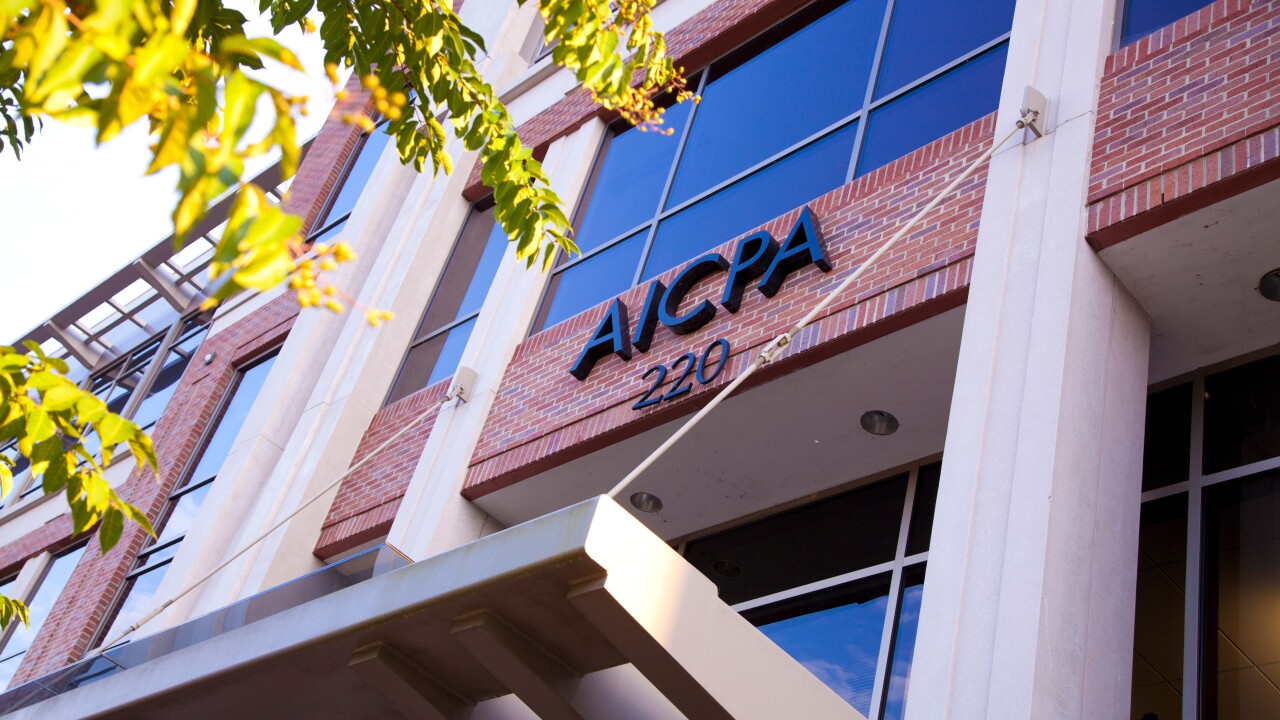The Financial Accounting Standards Board revised its
In January 2017, FASB issued its original proposal on the project. It included provisions to replace the current, fact-specific guidance with an overall principle for determining whether debt or other instruments within the scope of the proposal, should be classified as a current or noncurrent liability as of the balance sheet date. However, it received some objections from FASB’s Private Company Council.
Much of the guidance in the revised proposal is similar to the original proposal from 2017 on which FASB has received extensive feedback. Based on input received from stakeholders, including the Private Company Council, FASB added proposed requirements related to unused long-term financing arrangements, such as a line of credit, and grace periods. The revised proposal reflects and seeks comments on these changes, along with the expected costs and expected benefits of the proposed amendments.

“The proposed ASU incorporates feedback from stakeholders, including private companies, on our earlier proposal to improve this area of financial reporting,” stated FASB Chairman Russell G. Golden. “With these revisions, the FASB believes the proposed ASU further clarifies the guidance for balance sheet classification of debt and would provide more consistent and transparent information to financial statement users.”
FASB is asking for further comments to be sent by Oct. 28, 2019.





